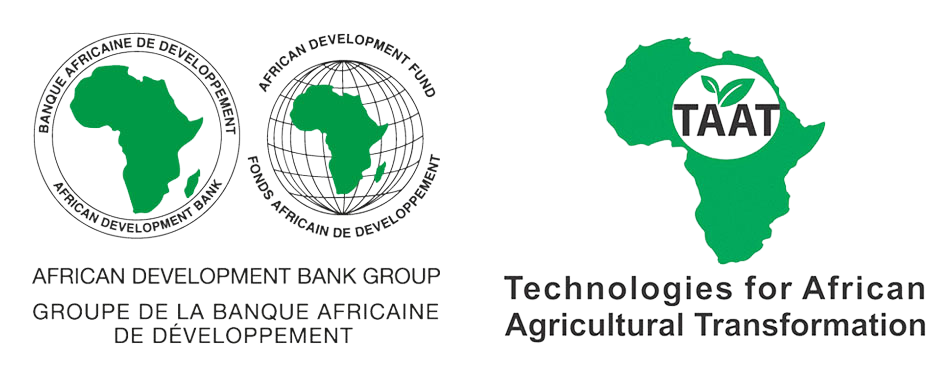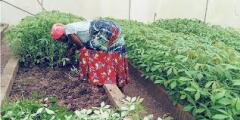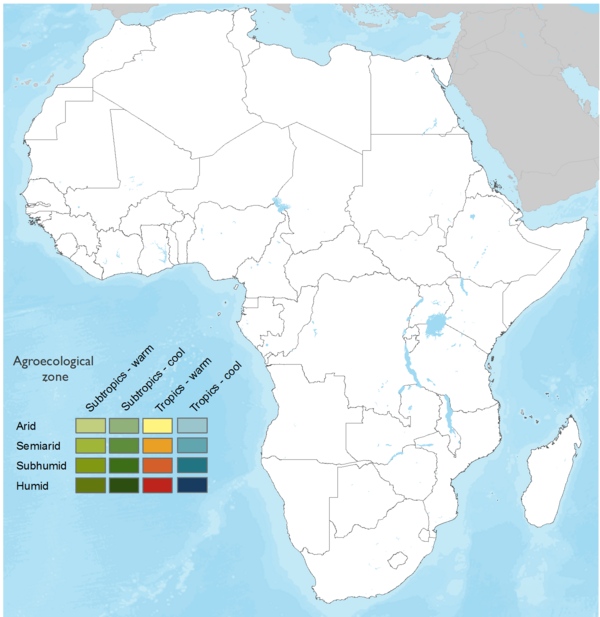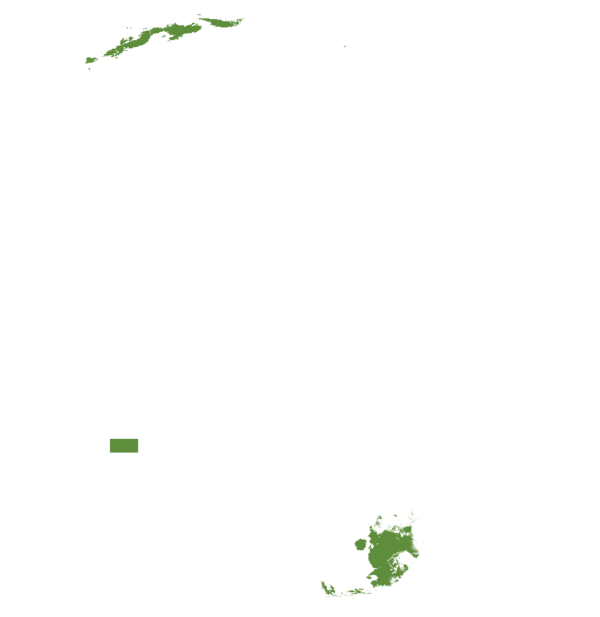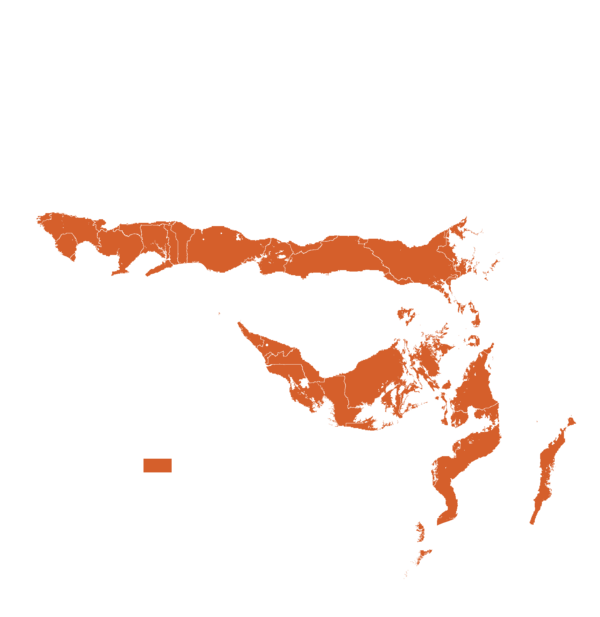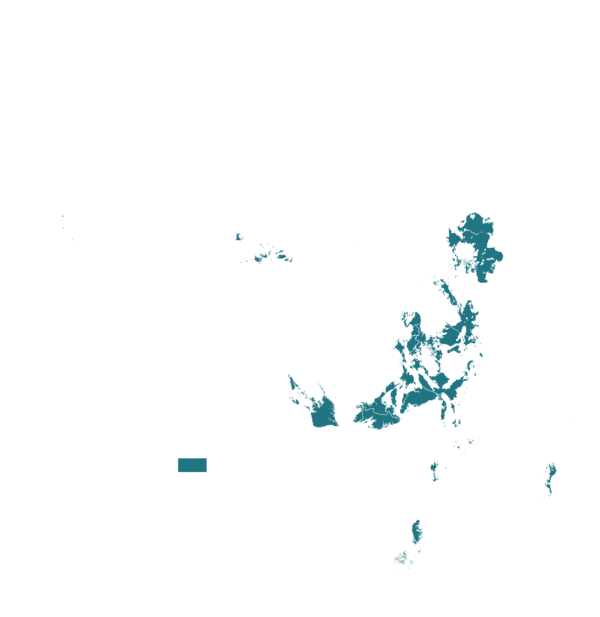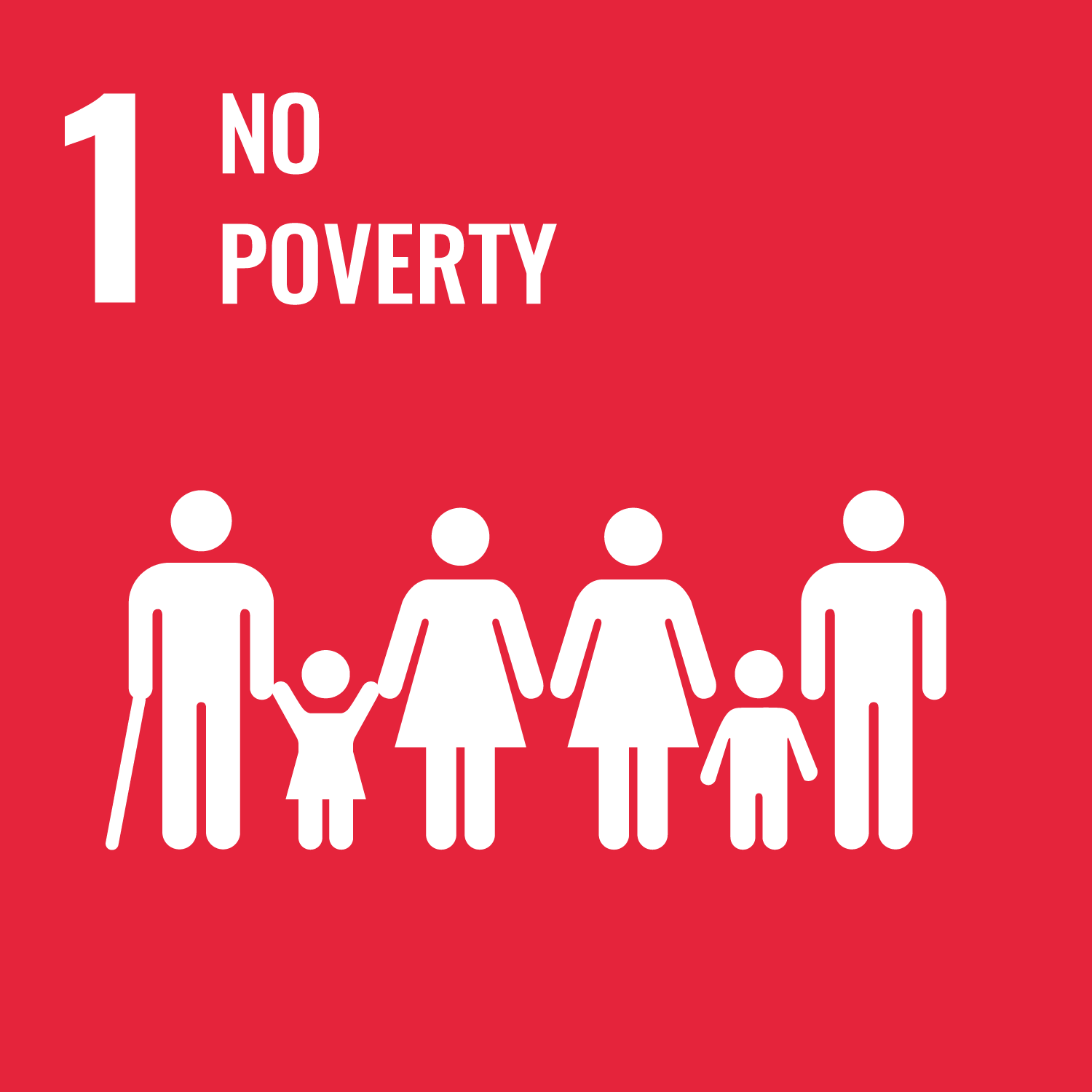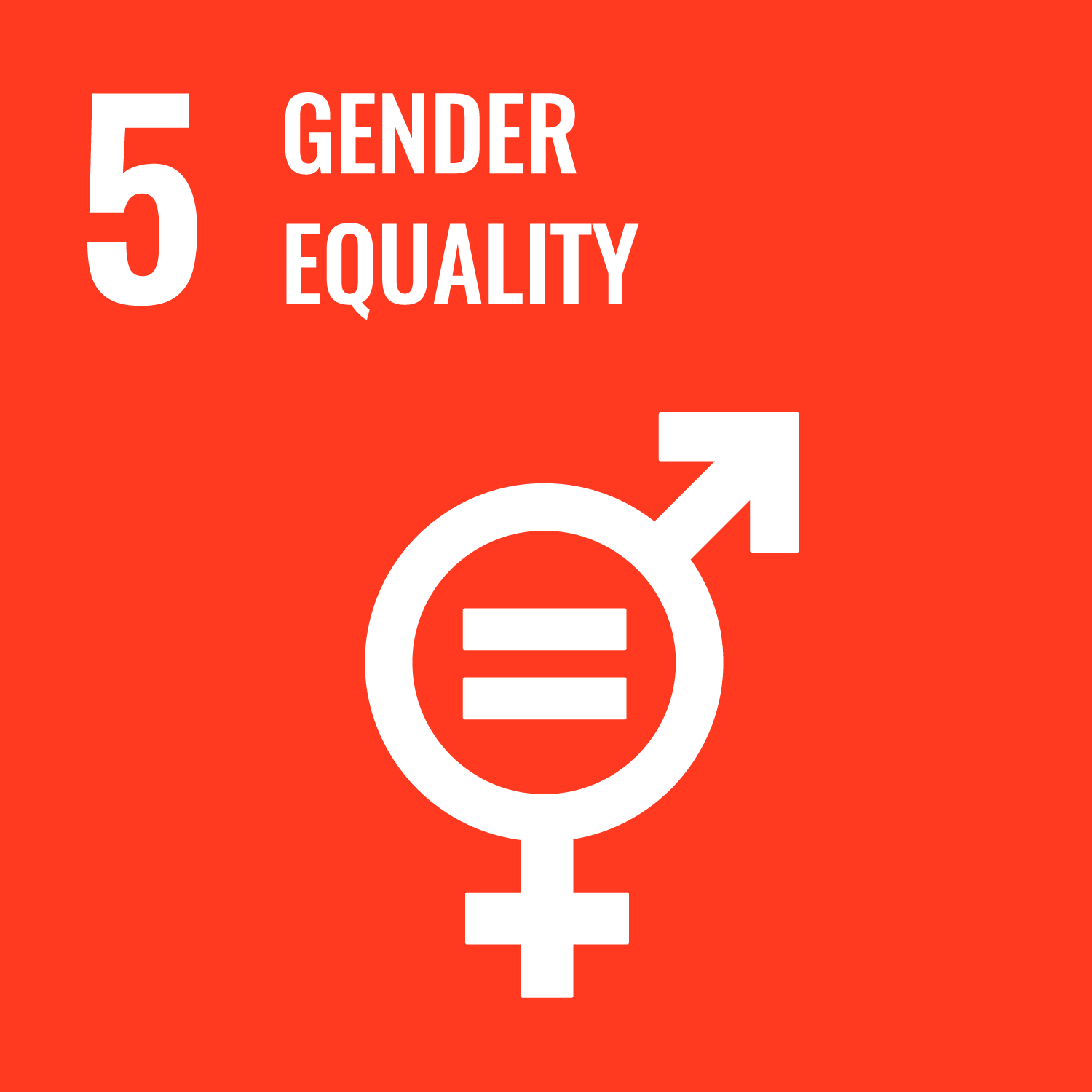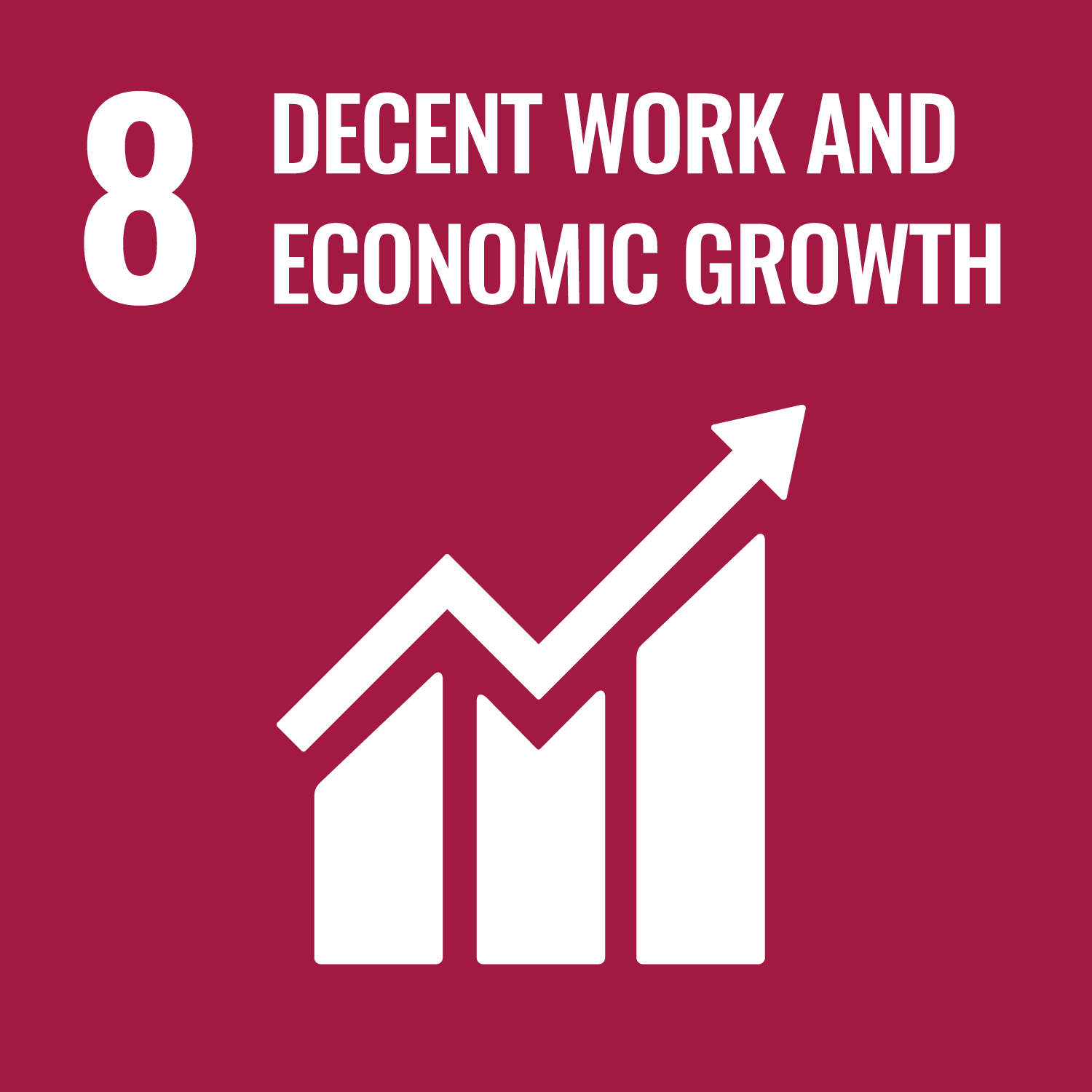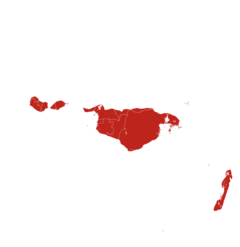The Cassava Seed Entrepreneur (CSE) Business Model delivers a high-margin, scalable seed-supply chain by professionalizing multiplication, certification and market linkages for premium cassava planting materials. It guarantees traceable, disease-free seed to meet rising demand, bolsters your ESG and gender-inclusion targets, and enhances climate resilience across your value network. To integrate the CSE Model into your corporate strategy, consider these key actions:
- Market & Partner Scoping: Map input suppliers, processors and agro-dealer networks prioritizing clean-seed sourcing. Identify and profile banks, impact investors and funds to assess lending terms and impact metrics.
- Off-take & Joint-Venture Agreements: Co-develop contracts with CSEs that lock in minimum purchase volumes, quality benchmarks and delivery schedules. Structure revenue-share models that optimize entrepreneur margins while securing competitive seed pricing.
- Digital Traceability & QA Roll-out: Deploy SeedTracker™ licenses for plot registration, batch tagging and mobile e-certification. Integrate real-time traceability feeds into your procurement systems to guarantee origin and quality compliance.
- Training & Capacity Building: Sponsor “train-the-trainer” sessions on seed agronomy, business management and digital QA for your extension teams and CSEs.
- Marketing & Co-branding: Develop joint-branded flyers, digital campaigns and demonstration days showcasing “clean seed” yield and quality gains. Leverage success stories in your CSR reports and commercial outreach to reinforce market trust.
